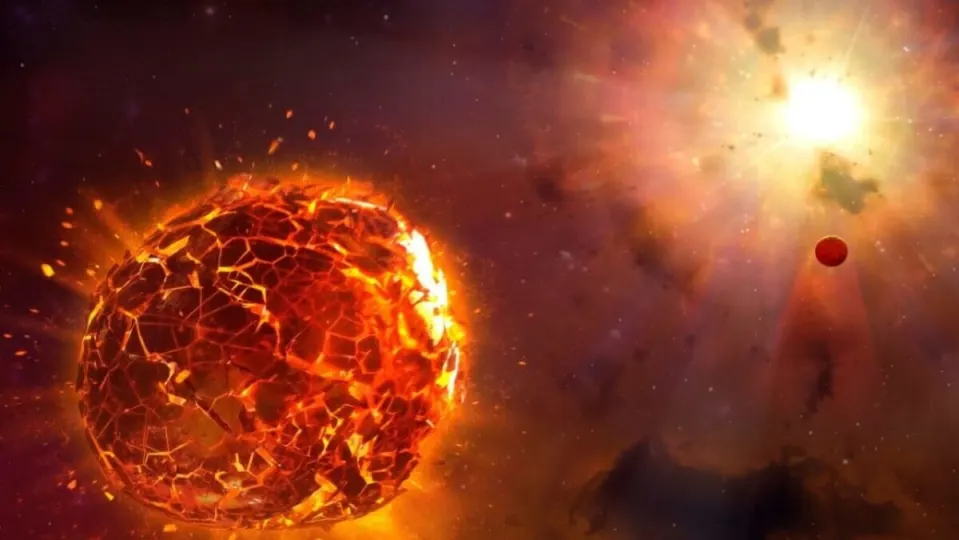The universe is filled with celestial bodies suspended in the vast emptiness that surrounds us. These bodies can be of all kinds, from harmless moons to enormous planets. However, they can also be stars on the verge of exploding.
Astronomers have discovered that the bright red star Betelgeuse, located in the constellation of Orion, has exhibited unexpected behavior.
In late 2019 and 2020, it dimmed to a level never seen before in recorded history (which spans approximately a century). It then became even fainter than Bellatrix, the third brightest star in Orion.
This event was referred to as the “Great Dimming.” However, Betelgeuse has since returned to its usual brightness. For a few days this year, it became the brightest star in Orion, brighter than ever recorded.
Both events have led to speculation about the possibility of an imminent explosive demise. But are there any supporting evidence for this idea? And how would such an explosion affect us here on Earth?
Betelgeuse, the seventh brightest star in the sky
Stars, in general, are extraordinarily stable. They shine with the same intensity year after year. However, there are exceptions, and some stars, known as variable stars, experience changes in brightness.
The most famous example is Mira, the “Wonderful Star,” which was discovered as a variable star by the German pastor David Fabricius in 1596. It is a pulsating star that expands and contracts regularly.
Algol is another well-known example: it is periodically eclipsed by a companion star. There are around 30 variable stars of this type visible to the naked eye, although careful observation is required to perceive their brightness variations.
Betelgeuse, the seventh brightest star in the sky (excluding the Sun), is the brightest among variable stars. Its variations in brightness are caused by pulsations, similar to those of Mira, although not as large or as regular.
Sometimes, however, a star can become extremely bright. The brightest and rarest of these events are supernovae, which occur when an entire star reaches the end of its life in a powerful explosion.
Supernovae can be bright enough to be visible during the day, although this has only occurred a few times in the past 1,000 years. A nearby and brilliant supernova is the kind of event astronomers eagerly anticipate.
What would happen if Betelgeuse exploded?
If Betelgeuse were to become a supernova, what would it look like? The star is located about 500 light-years away. After an explosion, we would first detect a shower of massless particles called neutrinos, which would be harmless to us. Then, the star would rapidly brighten.
Within a week or two, it would shine with the same intensity as a full moon. Betelgeuse would fade over the following months but still remain visible during the day for six to twelve months.
At night, it should be visible to the naked eye for another one or two years. However, after that, we would no longer see it: Orion would permanently lose its red glow.
Is there any danger to us? Supernovae produce high-energy particles called cosmic rays, which can penetrate Earth’s magnetic field. However, the amounts would be small compared to other forms of radiation we receive, except for the case of very close supernovae. And rest assured, this star is very far away.
Some of the links added in the article are part of affiliate campaigns and may represent benefits for Softonic.


